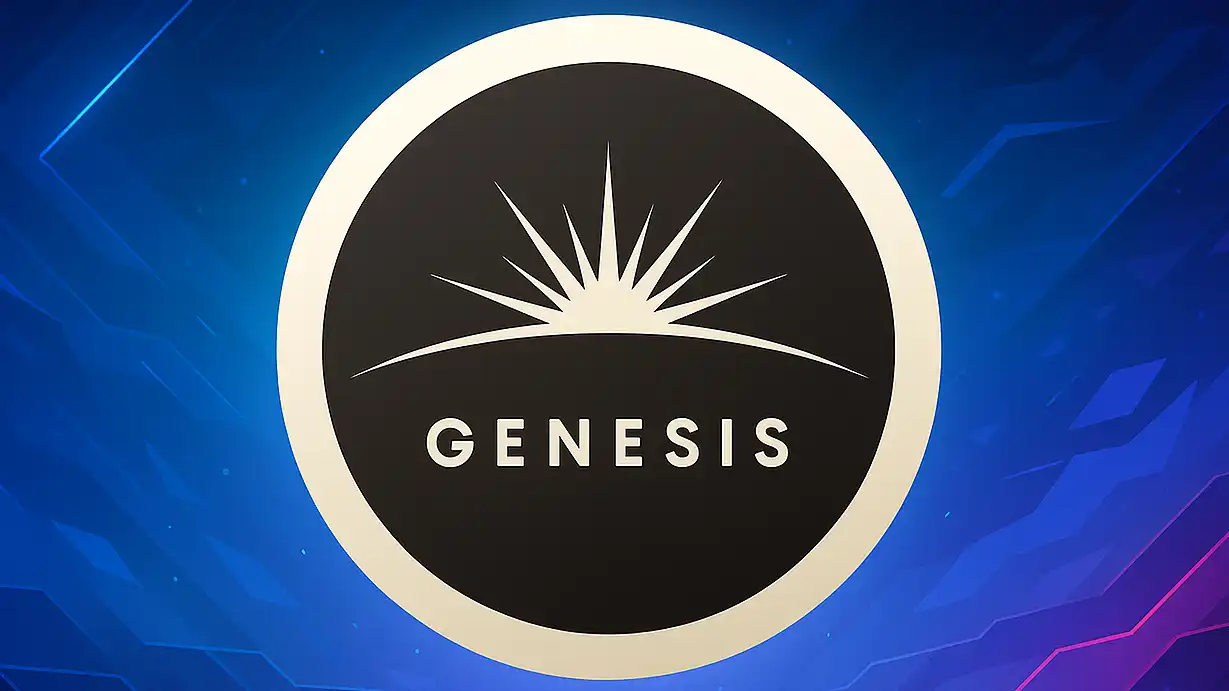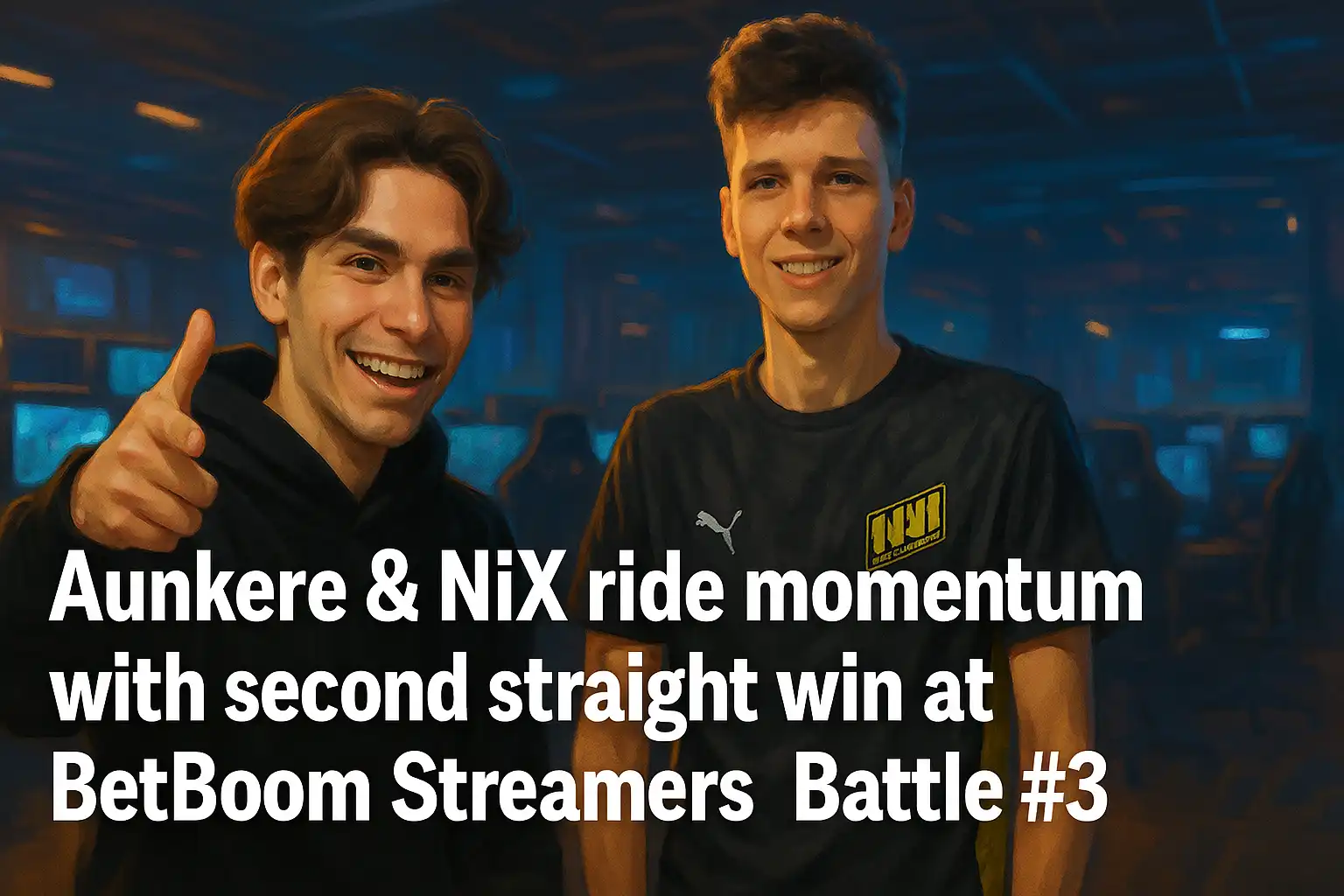Valve rolls out “Genesis Collection” and new Uplink Terminal alongside subtick and audio tweaks

Valve rolls out “Genesis Collection” and new Uplink Terminal alongside subtick and audio tweaks
Valve has shipped a multi-part Counter-Strike 2 update that introduces the Genesis Collection, a new in-client way to access those skins via the Genesis Uplink Terminal, and a handful of quality-of-life features aimed at spectators and collectors. The patch also touches core gameplay with subtick consistency adjustments and revamps to grenade audio, changes that have quickly become a talking point for players focused on feel and responsiveness.
The headline addition is the Genesis Collection—17 community-made finishes that arrive with a new access flow inside CS2. Rather than appearing through the Armory or cases, these items are surfaced through Genesis Uplink Terminals, which Valve describes as available as a weekly drop. The studio’s announcement explicitly ties the collection to these terminals and showcases the finishes in an image carousel. (Some community posts have informally dubbed the feature an “Arms Dealer Terminal,” but Valve’s official wording is Genesis Uplink Terminal.)
A follow-up hotfix adjusts availability in certain regions: players in Belgium, the Netherlands, and France can now unseal Sealed Genesis Terminal items, while purchase errors with a range of local currencies were addressed. That same note also lists an engine tweak to improve subtick movement acceleration’s timestep independence, part of Valve’s continuing effort to reduce edge-case inconsistencies tied to the subtick system.
On the spectator and UI side, Valve added features that mirror the way fans watch high-level CS: spectating players can inspect a teammate’s full loadout, and all inspect panels now support zoom (mousewheel) and pan (shift+drag). For skin enthusiasts who obsess over wear, nametags, and micro-details, the inspect changes make it easier to scrutinize a finish mid-match or from the watch menu without relying on community tools.
Audio sees a notable refresh with unique, higher-fidelity sounds for each grenade—covering draw, inspect, pin-pull, and throw. Beyond cosmetic flavor, distinct audio cues for utility can help players parse information faster in chaotic rounds, especially on crowded sites where multiple nades are being prepped. Valve pairs the audio pass with the aforementioned “various improvements to subtick shooting consistency,” another incremental step in a months-long overhaul meant to reconcile what players see and what the server records.
While the cosmetics and UI changes headline the build, Valve also pushed tools for creators: cs_script, a JavaScript-based scripting system for Counter-Strike maps, landed with a sample map (script_zoo.vmap) to demonstrate functionality. The addition suggests a longer-term plan to open up more logic-driven interactions on custom maps—useful both for community modes and for fast prototyping of competitive helpers like timing displays or interactive tutorials.
The patch line continues to move quickly. Subsequent micro-updates fixed viewmodel and server performance regressions and, importantly for competitive integrity, continued subtick tuning in movement and input timing. Valve also tidied up item modules (like Shadow Daggers’ nametag/StatTrak placement) and addressed currency handling issues in the Terminal flow—small but meaningful polish items that tend to surface as new systems go live at scale.
What it means
-
Economy & UX: The Uplink Terminal is a notable experiment in how CS2 surfaces skins to players, shifting some attention away from cases and the Armory toward a timed, in-client drop/interaction flow. We’ll learn over the coming weeks how often terminals appear, what the rotation looks like, and how prices/availability behave across regions.
-
Gameplay feel: The subtick notes won’t read flashy, but for high-level play they’re central; every reduction in timing drift between client and server pays dividends in consistency on tap-shots, quick-peeks, and utility timings.
-
Watchability: Spectator loadout inspect is a small win for broadcast and demos, letting analysts and teammates check exact builds without waiting for scoreboard overlays or external tools



